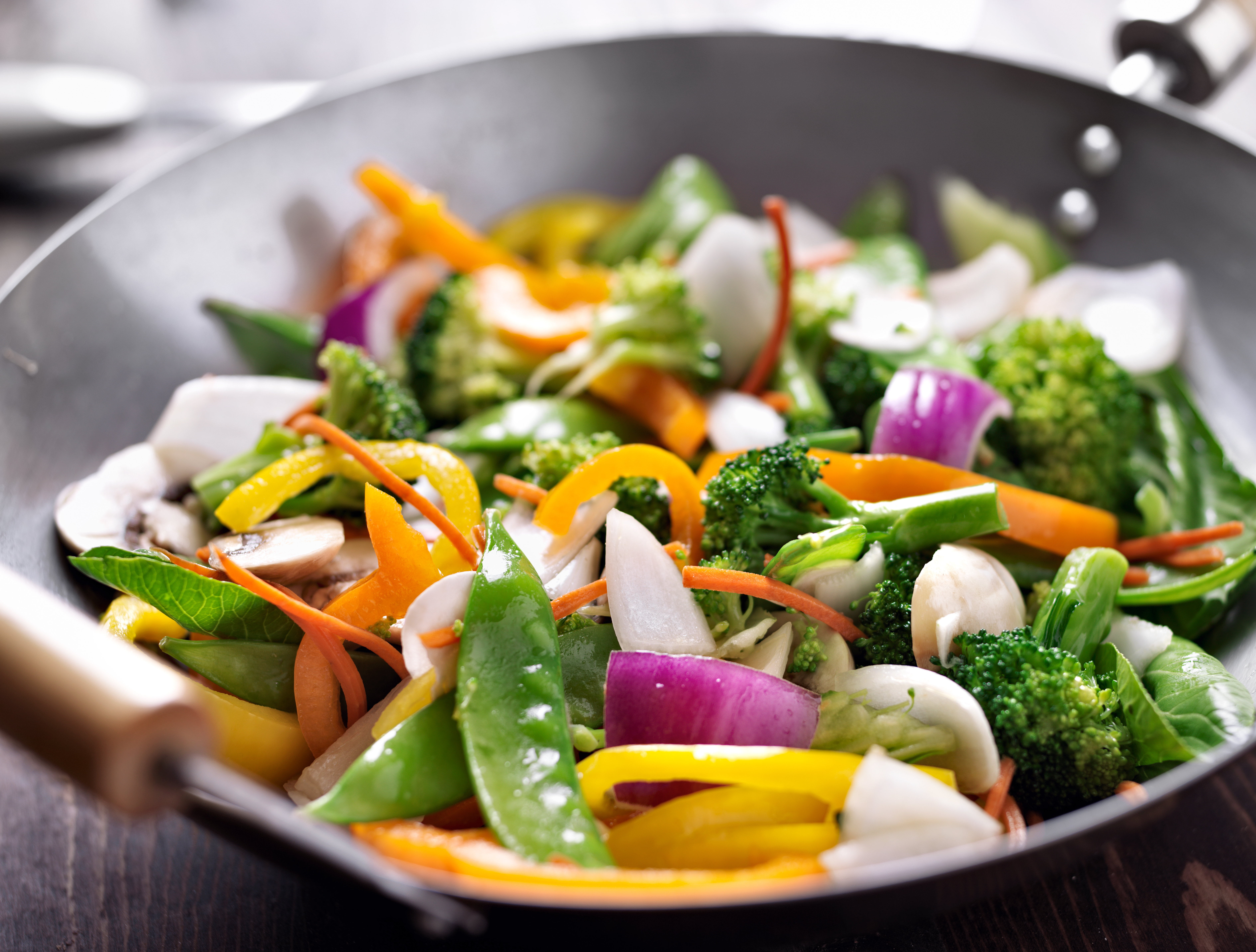The body is a complex and finely tuned biological machine. You’ve probably discovered that some fuels and maintenance procedures produce better results than others. Eating healthily, getting enough sleep, and staying in shape make you happier, more energetic, and even improves your ability to think clearly. Of course, the perfect balance of nutrition and activity is different for everyone because we all have different metabolisms and individual needs, meaning that any one diet or exercise plan may be a good starting place but to truly get your body humming, you need to customise your lifestyle to what you respond to best. This is usually a process of trial and error, listening to your body and giving it what it wants once you’re on the right track.
Unfortunately, misinterpreting your body’s signals is one of the top causes of unhealthy lifestyles. It’s all too easy to mistake signals like thirst or boredom for hunger, or worse, cravings for something you have been addicted to in the past. Cravings are your body’s way of asking for something it needs, but it doesn’t always communicate this in a way you understand and many people misinterpret their cravings into something unhealthy. You, as a person, are seeking satisfaction but it’s important to remember that your body is less complex. It just wants a certain kind of nutrient or activity.
Understanding Nutritional Cravings
We’ve all had that moment, standing in the middle of the kitchen taking a look at everything in the fridge or pantry that might sate that vague craving feeling. This occurs when your body wants something but doesn’t know how to express it. Though we may not realize it, we are often being led around literally by the nose in this state, sniffing everything until the body smells something that fits its nutritional craving. If you have been using your muscles a lot lately, your body might be craving protein or you might be low on certain minerals that can be found in a well-mixed salad.
To understand what you’re after, don’t just figuratively sniff at foods, actually give into your body’s seeking behaviors. Open packages and tupperware and actually take a big whiff of the foods you’re considering. This sends the contents directly into your natural chemical analyzer which will communicate with the rest of the body and tell you if what you’re holding contains the nutrients your body currently needs. Don’t be afraid to sniff condiments and garnishes as well, as sometimes what you need will be in a salad dressing or a jar of pickles, not just the entrees and sides. Just be careful not to get caught by things your body always wants like sugar, bread, chocolate, or salt.
Cracking the Sugar Cravings
One of the most common cravings is what we identify as a desire for sugar, but it’s important to know what your body really means by this demand. In many cases, what is perceived as a sugar craving is actually thirst. If you’re worried about your tendency to head straight for the cookies or ice cream, try drinking an entire glass of water and waiting ten minutes to see if you are sated. Water is never a bad idea and if it works, that’s one sugar craving taken care of.
If, after water and a small waiting period you still crave sugar, this can be one of two things. You’re either tired and your body is giving you a clue about easy to metabolize energy sources or the candida in your gut, a sugar-eating bacteria that loves bread and sugars, would like to be fed. In either case, a small treat is harmless but you’re better off with a well-rounded meal than a whole bowl of sweets.
Emotional Cravings vs Food Cravings
Often we mistake emotional and even physical cravings for a desire to consume something or feed an addiction. Emotional cravings can include the desire to feel loved and comforted, to reduce anxiety, or even to simply solve a bad mood. We often turn to food because digesting certain treats can create positive neurotransmitters, but there are better ways to serve these emotional needs that are not calorie-packed or old vices we should avoid. Grab a hug from a loved one if you can, or if you’re stuck at work, try reading something funny or personal that you enjoy like a web-comic or old love letters. If you have something you’d like to express but can’t in the moment, try composing it as a letter in order to get the feelings off your chest.
Exercise and Cravings
Exercise plays a huge role in what you crave and how you use the nutrients you have. If your job involves a lot of deep thought, for instance, you will find yourself craving greasy foods that are good for the brain, but these often come loaded with extra calories you don’t spend sitting at your desk. By incorporating a regular workout into your daily or weekly routine, this gives your body a way to both sate the brain cravings and burn off the extra calories. Exercising will also trigger your body to crave more healthy things like protein, vegetables, and carbohydrates because you are using your nutrient reserves and will need to cycle in new nutrients to fuel your activities.
Knowing what your body needs can be challenging, especially if you are just now learning to understand the signals. Remember that what your body really wants is to be healthy and active, but it will reward you for things it thinks are scarce like sugar, fats, and salt even though these things are readily available in the modern diet. When trying to sate a craving, always start with a glass of water and a little cardio. If it stays with you, try sniffing and nibbling your way through the healthy food groups until you find what your body is really asking for. Soon enough, you’ll have a real baseline on how to accurately listen to your body’s needs and healthily respond to cravings.




